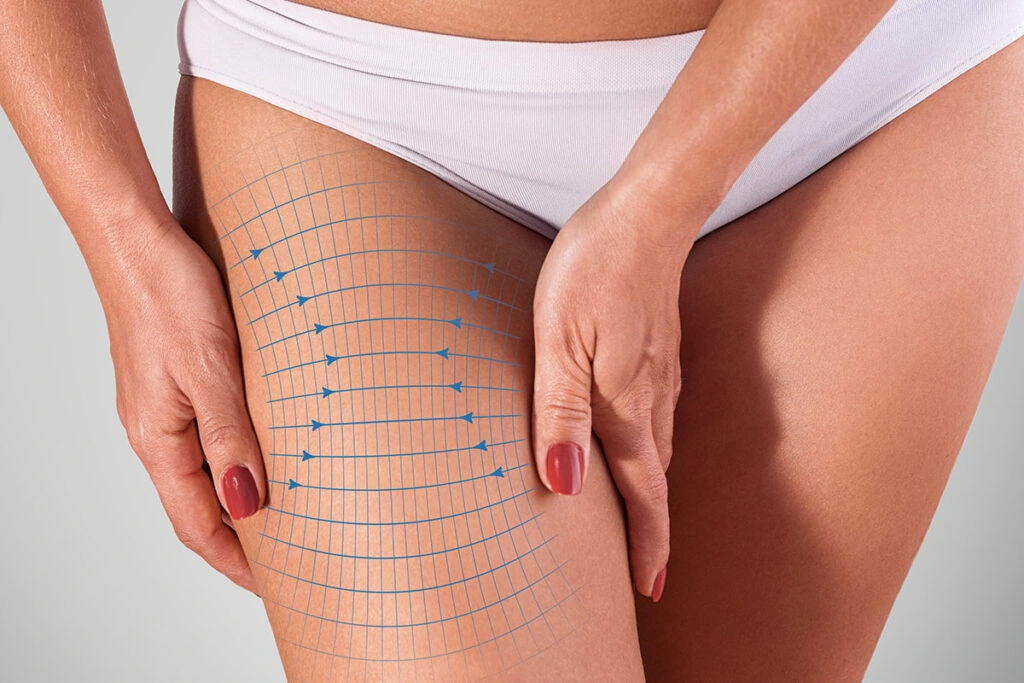Web designing in a powerful way of just not an only professions. We have tendency to believe the idea that smart looking .
Leg lift surgery, also known as thigh lift surgery or thighplasty, is a cosmetic procedure designed to contour and improve the appearance of the thighs by removing excess skin and fat. This surgery is popular among individuals who have experienced significant weight loss or those who seek to enhance the shape and firmness of their thighs. At Green Village Medical, our expert surgeons provide personalized leg lift services to help you achieve your aesthetic goals. This guide offers an in-depth look at leg lift surgery, its benefits, risks, recovery, and frequently asked questions.

Leg lift surgery focuses on removing excess skin and fat from the thighs, resulting in a more toned and defined appearance. The procedure can target different areas of the thighs, including the inner thighs, outer thighs, and the overall contour of the legs.
Leg lift surgery offers numerous benefits, making it a popular choice for those seeking to improve the appearance of their thighs. These benefits include:
Ideal candidates for leg lift surgery include individuals who:
Experience Skin Laxity: Those with loose, sagging skin on the thighs due to aging, weight loss, or genetics.
Have Stable Weight: Candidates should have a stable weight and be committed to maintaining a healthy lifestyle.
Are in Good Health: Good overall health is necessary to minimize the risks associated with surgery and to promote proper healing.
Have Realistic Expectations: Patients should have realistic expectations regarding the outcomes and limitations of the surgery.
The specific steps of a leg lift surgery procedure vary depending on the type of surgery being performed. However, common steps include:
Consultation and Evaluation:
Initial Consultation: A thorough consultation with the surgeon to discuss goals, medical history, and expectations.
Evaluation: Physical examination to ensure the patient is a suitable candidate.
Preoperative Preparation:
Instructions: Preoperative instructions may include dietary restrictions, medication adjustments, and hygiene protocols.
Surgical Procedure:
Anesthesia: General anesthesia or local anesthesia with sedation is used to ensure patient comfort during the procedure.
Incisions and Reshaping: The surgeon makes precise incisions and performs the necessary reshaping, lifting, and tightening.
Closure: Incisions are carefully closed with sutures, and dressings are applied.
Postoperative Care:
Recovery: Patients are monitored in a recovery area before being discharged with specific postoperative care instructions.
Follow-Up: Regular follow-up appointments to monitor healing and address any concerns.
Recovery from leg lift surgery varies depending on the specific procedure but generally involves:
Rest and Healing: Adequate rest and avoiding strenuous activities to promote healing.
Pain Management: Medications to manage pain and discomfort during the initial recovery period.
Hygiene: Keeping the surgical area clean and dry to prevent infection.
Compression Garments: Wearing compression garments to support the newly contoured thighs and reduce swelling.
Follow-Up Care: Regular follow-up visits with the surgeon to monitor progress and address any complications.
While leg lift surgery is generally safe, it carries potential risks and complications, including:
Infection: Risk of infection at the surgical site, requiring prompt medical attention.
Bleeding: Bleeding during or after surgery, which may require additional treatment.
Scarring: Scarring is a common outcome, and the extent can vary based on individual healing processes.
Nerve Damage: Potential for temporary or permanent nerve damage, affecting sensation.
Asymmetry: Differences in thigh appearance, requiring additional procedures for correction.
Unsatisfactory Results: Some patients may not achieve the desired aesthetic or functional outcomes, necessitating revision surgery.
The success and longevity of leg lift surgery outcomes depend on various factors, including:
Surgical Technique: The skill and experience of the surgeon play a crucial role in achieving optimal results.
Patient Health: Overall health and adherence to postoperative care instructions impact healing and long-term outcomes.
Lifestyle Changes: Maintaining a healthy lifestyle, including regular exercise and a balanced diet, supports long-term success.
Skin Elasticity: Individual differences in skin elasticity can affect the durability of the results.
Combining leg lift surgery with other treatments can enhance overall outcomes and address multiple concerns simultaneously. Options include:
Liposuction: Liposuction can be performed alongside leg lift surgery to remove additional fat deposits and further contour the thighs.
Body Lift: For patients with excess skin in multiple areas, a body lift can address the thighs, abdomen, buttocks, and other regions.
Non-Surgical Treatments: Laser treatments or other non-surgical procedures can improve skin texture and elasticity.
Selecting a qualified and experienced surgeon is critical for the success of leg lift surgery. Consider the following factors:
Credentials and Training: Ensure the surgeon is board-certified and has specialized training in body contouring procedures.
Experience: Look for a surgeon with extensive experience and a proven track record of successful outcomes.
Patient Reviews: Read reviews and testimonials to gauge patient satisfaction and the surgeon’s reputation.
Consultation: Schedule a consultation to discuss your goals, ask questions, and assess the surgeon’s approach and communication style.
Before-and-After Photos: Review before-and-after photos of previous patients to evaluate the surgeon’s skill and results.
Advancements in surgical techniques and medical technology continue to improve the safety and outcomes of leg lift surgery. Future developments may include:
Minimally Invasive Techniques: Enhanced minimally invasive procedures to reduce recovery time and complications.
Regenerative Medicine: Use of regenerative medicine and stem cell therapy to promote healing and tissue regeneration.
Personalized Care Plans: Development of personalized care plans tailored to individual patient needs and goals.
Integrated Support Services: Comprehensive support services, including nutritional counseling, psychological support, and physical therapy, to enhance overall outcomes.


Recovery time varies depending on the type of surgery. Generally, patients can expect to return to normal activities within 4-6 weeks, with full recovery taking several months.
Yes, the results of leg lift surgery are typically long-lasting. However, maintaining a stable weight and healthy lifestyle is crucial for preserving the results.
Risks include infection, bleeding, scarring, nerve damage, asymmetry, and unsatisfactory results. Choosing an experienced surgeon and adhering to postoperative care instructions can minimize these risks.
Yes, leg lift surgery can be combined with other procedures such as liposuction, body lift, or non-surgical treatments to enhance overall outcomes.
Patients are typically advised to avoid strenuous physical activity for at least 4-6 weeks after surgery. Light activities can usually be resumed earlier, following the surgeon's recommendations.This comprehensive guide on leg lift surgery provides valuable information for patients considering this procedure. At Green Village Medical, we are committed to delivering high-quality care and support throughout your surgical journey.
